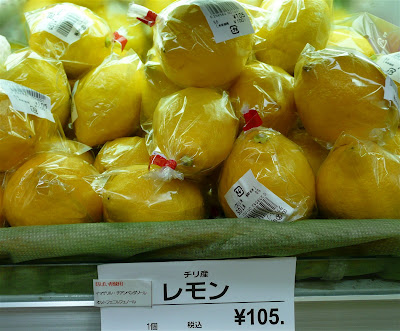
This is the high school where I teach. It's five stories and holds about 1,000 students in grades 10-12. The camera doesn't do it justice. Up close it really looks better than this.
Still, this place is bare bones inside. No special bells and whistles, just small, simple classrooms with ancient wooden desks and chairs. No cafeteria. No auditorium. No central air conditioning or heat. No overhead projectors in the classrooms. Most of them still use a plain old blackboard, complete with piles of chalk dust that have accumulated for approximately 10 years.
The main section of the school wraps around a pleasant little courtyard.

Hallways are all open-air, like most buildings here, including my apartment building. Given the lack of A/C, open air hallways keep things slightly more comfortable during the stifling summer here. But it also means that cold air will be pouring directly into the classrooms every time the doors are opened in the winter. Classrooms are heated with kerosene heaters. This is definitely NOT the kind of advanced technology I originally anticipated from Japan.
Unfortunately, this is what the athletic field looks like right now:

There was some kind of problem with sewage lines running beneath the field, so now they're digging everything up to fix the problem. Now it really does look like a range of sand dunes and rubble. I'm told it will be six months before everything's good as new and regular athletic practices can resume. In the meantime, the girls' soccer team and all the rest of the teams are doing conditioning training running up and down the side of the mountain. Needless to say, I quit practicing with the soccer team because I'm not exactly motivated to run up and down the hill repeatedly after a day of work, especially now that there's a definite nip in the air. So I am bummed that I can't shoot goals with the girls til next spring.
The view from school is nothing short of spectacular. The school is a 15 minute walk up the side of a mountain and the altitude gives sweeping views of the city. Again, the camera can't do this justice.
Though it's hidden behind a building, my apartment is on the left side of this shot, near the elevated train line.

Another shot of my area of the city. I think it's interesting the way the city creeps into the hillside.

This shot is toward downtown.

I wish my little camera could capture these sights at night because Hiroshima just glitters. One of these days I'll find a way to con Joe into trudging up the mountain in the evening so he can shoot it with his fancy camera.







































